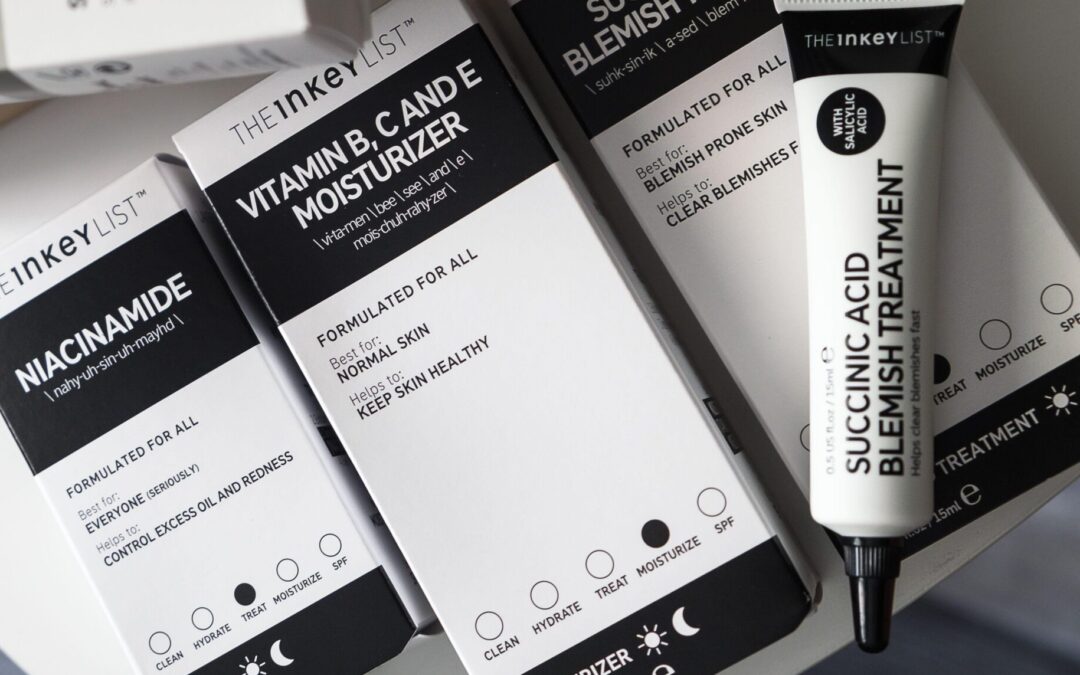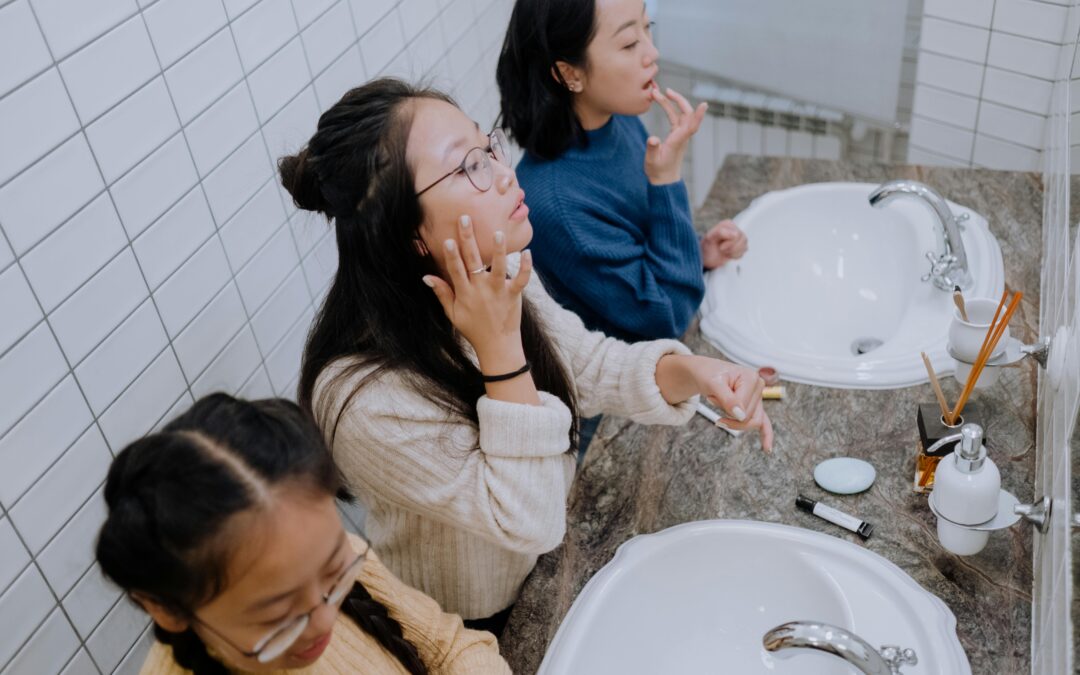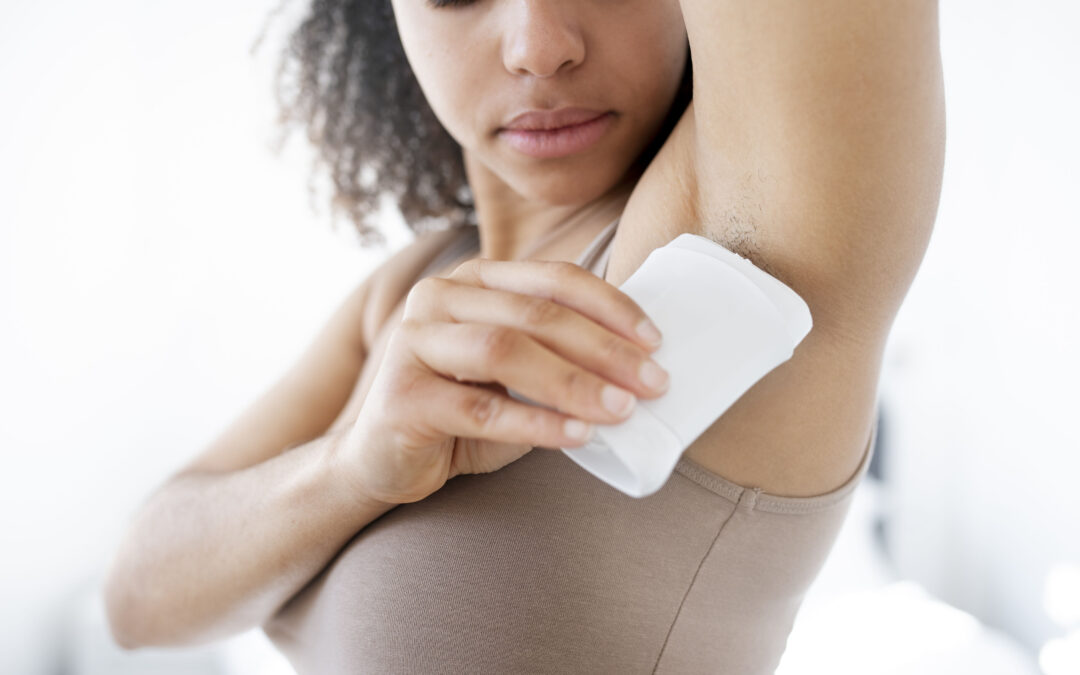Imagine waking up and seeing your skin has suddenly changed colour overnight. This is what vitiligo does. Researched by experts but unfamiliar amongst many others, vitiligo causes white patches to appear on your skin.
Radiance has spoken to those who live with the condition and how their journeys have inspired both personal acceptance and confidence.
“My vitiligo, once an insecurity, is now my superpower”
Nirjeet Singh, 34, is a model and an active campaigner for vitiligo awareness. He was first diagnosed with vitiligo at 9 years old.
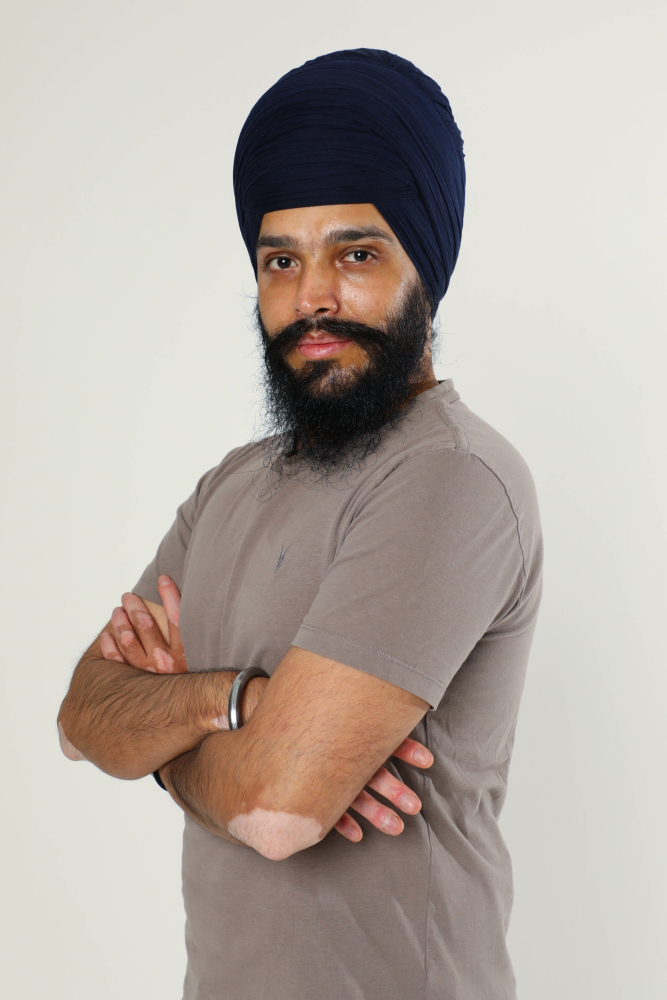
I noticed there was a small dot on my left knee, it gradually became bigger and developed to the point where I now have patches all over my body.
When I was a child, I didn’t think much of it, but when I became a teenager and adult it was harder.
It impacted me most in my late 20s and my mental health declined a lot. Unfortunately, there are lots of stigmas and myths surrounding vitiligo, so I felt quite alone until I started connecting with more people with vitiligo.
Everyone always asks me what I would say to my younger self. I would say; hang in there, you are going to do great things. My vitiligo insecurity is now my superpower, I have so much community support now and it’s given me loads of opportunities. I’ve done multiple modeling gigs, my picture was all over the billboards, and I was even interviewed by ITV about my vitiligo.
My main success has been creating a support group called Vitiligo Allies alongside Reuben Sam, a fellow vitiligo campaigner. It’s an organisation we created to provide education, community support and to empower people living with vitiligo. In one of our events a mother came all the way from Birmingham to Manchester with her nine year old daughter with vitiligo so she could meet other people with the condition.
Things like that really give me more fuel to keep on raising awareness. We are making an impact and on the right path. This is just the start.
To research more into Vitiligo Allies work and keep up to date with the support they provide, you can find them on Instagram, Facebook and LinkedIn.
“It puts me aside from other athletes, I now have my own story”
Tiffany Cameron, 33, is a professional footballer for Spanish women’s team Real Betis and first noticed her vitiligo at 25.
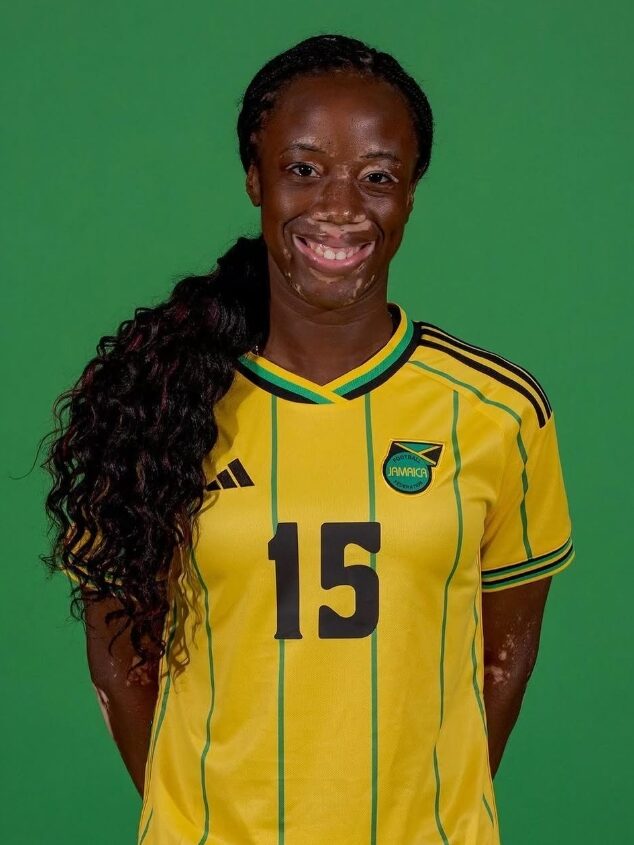
One day I just randomly spotted a white mark on my hand and I thought, ‘this is very weird’. After noticing another spot somewhere else, I decided to speak to a dermatologist. It’s been around 8 years now and I’ve got to the point where it doesn’t bother me at all and I love it.
However, for the first two years, it was very hard for me to get used to watching myself change from one day to another. The thing is with vitiligo, is that you wake up and have three new spots somewhere on your body or your face. You don’t expect it, it appears out of nowhere.
Every morning I would look at myself in the mirror and analyse myself. When I noticed a new spot, I would have to learn to accept it before I walked out of the house. Every day I wanted to be okay with seeing what I looked like before stepping out into the real world. It seems like a really deep and emotional thing to do, but it definitely helped me with my acceptance journey.
Having vitiligo in the sports industry has proven to be fun. Something amazing happened in 2023. After I signed with Real Betis Femina, it was announced I was the first player in the world in EA sports, a football video game that features top players and teams on Xbox and Playstation, that had vitiligo. My avatar even has the same spots as I do and I was the first player to have my skin represented in the game. It was so cool!
I feel very fortunate to have my football career, I have represented Canada and I now also represent Jamaica but I love having something else to stand out for.
I have a lot of fans around the world, people will stop me and ask for my photo. I get a lot of questions about my condition, but I like that. It must be really easy to spot me because nobody looks like me! It feels wonderful to have the platform I have with my career and vitiligo. It puts me aside from other athletes, I now have my own story.
READ MORE: Leaving Our Mark: normalising the beauty in our differences
“I’m now 60% white and 40% brown”
Tarik Benchallal, 38, is a model and personal trainer. He first noticed his vitiligo at the age of 13.
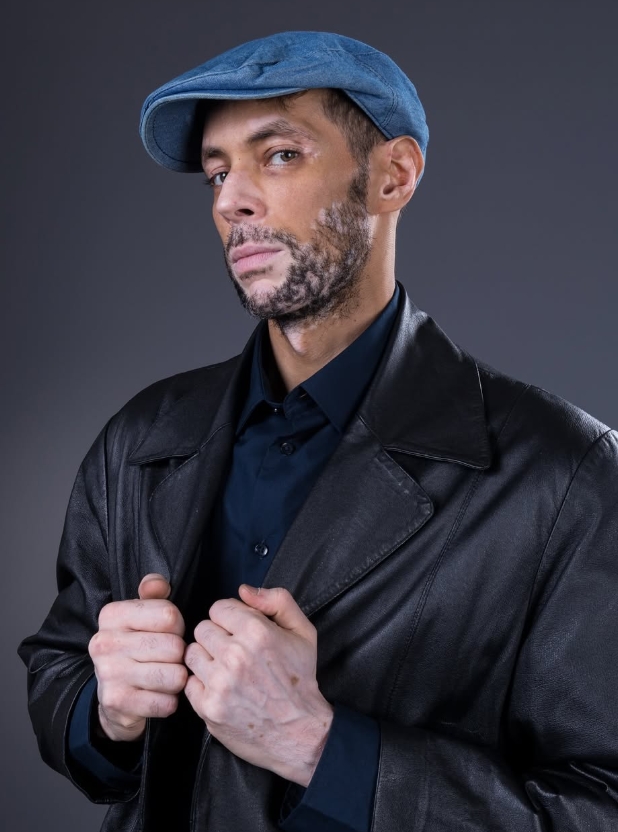
In Germany in the 90s, nobody seemed to be aware of vitiligo. During my first trip to the doctors they didn’t know what it was. The first doctor’s opinion was that it was skin cancer, it was scary.
I had lots of tests done, at times I felt a bit like a human experiment. After a while they knew it wasn’t dangerous, but after nearly five or six years they finally diagnosed me with vitiligo. It began as really small spots on my hands but now I am 60% white and 40% brown.
I really struggled with my self-esteem during my teenage years. I had a mental battle with myself and other people’s stares. Every time I wished ‘please not my arms’ or ‘please not my face’ it appeared. I began to fully accept and embrace it when it spread to my face. I came to realise that it is what I had, it had been hard but honestly, it ended up being quite cool. Once I had a vitiligo patch on my cheek that looked like a heart. My friends loved taking pictures of that! It then appeared on the other side. I actually really liked it, I thought it looked quite nice.
I have done many modelling jobs and I am content with how my skin looks but it’s been quite a long acceptance journey.
“When I finally saw myself represented, I realised it was beautiful”
Clarissa Vargas, 31, works at a hotel in New York and is a part-time model. She experienced her first signs of vitiligo at age 5.
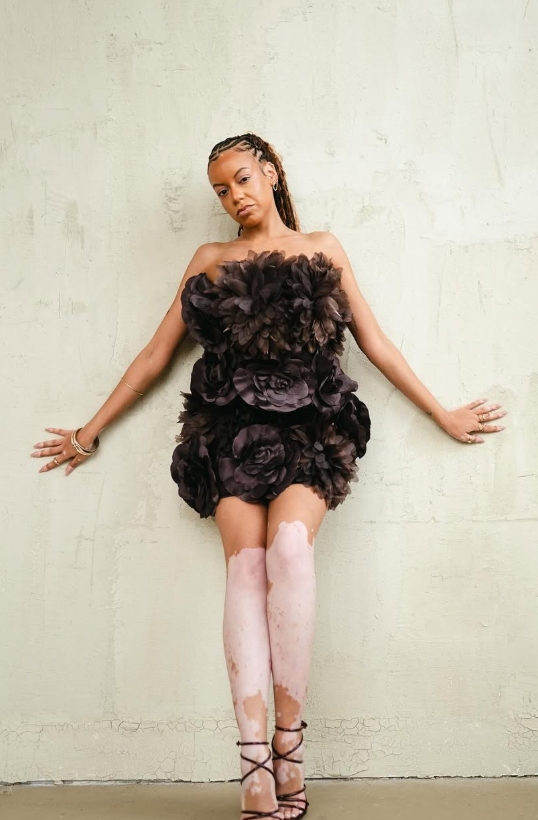
It was my mum who noticed my vitiligo for the first time, I don’t even remember having it.
When I was around 10, I became quite self-conscious of it. It was predominantly on my face and on my legs. For me, being a girly girl growing up, it was quite disheartening because I wanted to wear dresses or skirts. I’d always cover up with thick tights, I’d wear sweaters and long jeans even in the summertime!
My first role model was Winnie Harlow, the famous model. I started to do my research to find people who looked like me and I found Winnie. She had such a beautiful spot symmetry. When I finally saw myself represented, I realised it was beautiful and I started to view myself differently.
After I found Winnie, I started looking for more people who had it! I thought ‘wow, there are other people out there who look like me and they look like they’re happy. They look like they’re comfortable. This is something I should be embracing.’
I do get casted for certain adverts. A big one was when Vaseline reached out to me. They were doing a skin positive initiative and they were looking for people with vitiligo and I got to model for them. More recently I got a casting call with Essie, the nail polish brand. I haven’t heard back yet but I would love to be able to show off my hands as I have recently had more vitiligo spots appear on them.
I also just like to create my own photo shoots. It’s really fun to play with my spots now that I am so happy with them.
I feel like I have come such a long way. I had a lot of doubts before and at on point I thought that I would always wear jeans and long sleeves. To see myself now be so comfortable in my own skin is major.
READ MORE: Rosacea: My Journey of Healing
I think I may have vitiligo – See what the experts say…
According to the NHS, Vitiligo is a long-term condition where pale white patches develop on the skin. It’s caused by the lack of melanin, which is the pigment in skin.
Vitiligo can affect any area of skin, but it commonly happens on the face, neck, hands and in skin creases, although every person has different experiences with development and spreading.
It is important to highlight the need to protect yourself from the sun as the lack of melanin on the white patches causes your skin to be more vulnerable and unprotected.
Despite vitiligo not being physically dangerous, some people opt for treatment. For some, this may not be permanent or 100 percent efficient. Most doctors will initially recommend topical steroids or ointments, however there are many other treatments currently on offer.
Vitiligo is not caused by an infection and you cannot catch it from someone else who has it.
For more medical information on vitiligo, consult the NHS website.
If you are looking for vitiligo support and communities there are many awareness groups. Vitiligo Allies, Vitiligo Society and Colourful Connections are some of which our vitiligo interviewees support and recommend.

